Pet Safety Tips You Can Use Right Now
Every pet parent wants a happy, healthy companion, but safety slips in when we forget the basics. Whether you're at home, out for a walk, or packing for a trip, a few easy habits make a big difference. Below are straight‑forward steps that protect dogs and cats without costing a fortune.
Home Safety: Make Your House a Secure Zone
Start by dog‑proofing or cat‑proofing rooms just like you would child‑proof a house. Keep cords, small objects, and toxic plants out of reach. Store cleaning chemicals on high shelves and use child‑proof locks on cabinets that store food or medication. A simple tip: place a non‑slip mat under water bowls to stop spills from turning into slip hazards.
Next, check your pet’s sleeping area. A firm, well‑ventilated bed reduces the risk of overheating and joint problems. If you let cats roam the house, secure windows with screens; a loose pane can become a tragic exit.
Walking and Outdoor Safety
Leashes and harnesses aren’t just fashion items – they’re lifesavers. Choose a harness that fits snugly but doesn’t restrict breathing. For dogs that pull, a front‑clip harness gives you better control without choking. When you hit busy streets, keep your pet on the side away from traffic and always watch for sudden car doors opening.
Heat can sneak up on a pet fast. In summer, bring water and offer shade every 20‑30 minutes on long walks. In winter, protect paws with booties or wax and limit exposure when it’s below freezing. Remember, a pet’s sweat glands are on their paws, so hot pavement can cause burns.
Travel safety gets a nod too. Use a crash‑tested carrier for cats or a seatbelt‑compatible harness for dogs. Secure the carrier on the floor or seat, not the trunk, where temperature can skyrocket. Before a road trip, stop every two hours to let your dog stretch and sip water.
Finally, keep emergency info handy. Write down vet contact details, any allergies, and a recent photo. Store this in your car and on your phone. A quick reference speeds up help if accidents happen.
By adding these simple checks to your daily routine, you give your dog or cat a safer life without extra stress. Small changes, big peace of mind – that’s the pet safety promise.
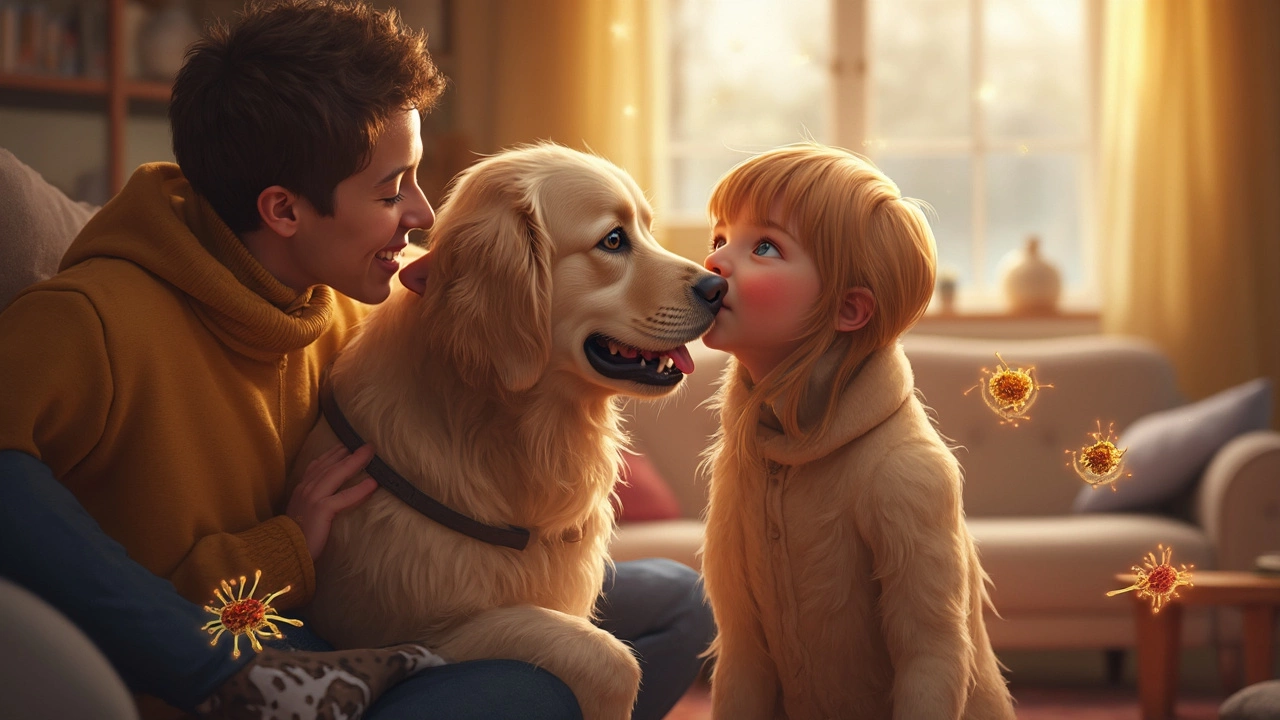
Should You Let Your Dog Lick You? Dog Health Facts You Didn't Expect
Curious if it's safe to let your dog lick you? This article breaks down what really happens when your dog gives you kisses, from the microbes involved to the risks and myths. Discover when licking could mean more than just affection and how supplements play a role in your dog's mouth health. You'll find smart tips and new research that help you decide what's best for you and your furry friend. Make sense of pet safety without the guesswork.
View more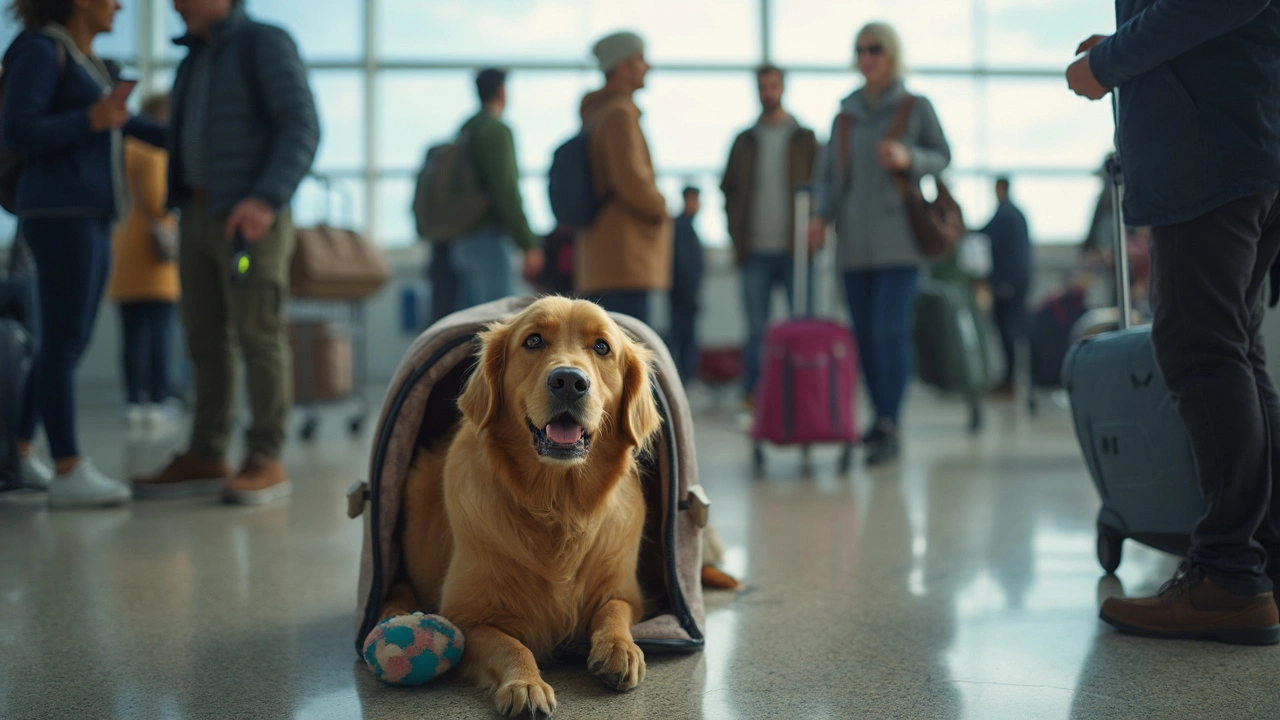
How Stressful Is Flying for Dogs? What Every Pet Parent Should Know
Flying with dogs isn't just tricky for you—it's a major event for your pup. This article breaks down how stressful flying can get for dogs, and what really happens to their bodies and minds during a flight. You'll learn why some dogs cope better than others, which breeds face more trouble, and how to spot signs of stress. The tips inside show how you can reduce anxiety, from crate prep to vet advice. If you're planning a trip, this guide will help you make smarter, kinder travel choices for your furry friend.
View more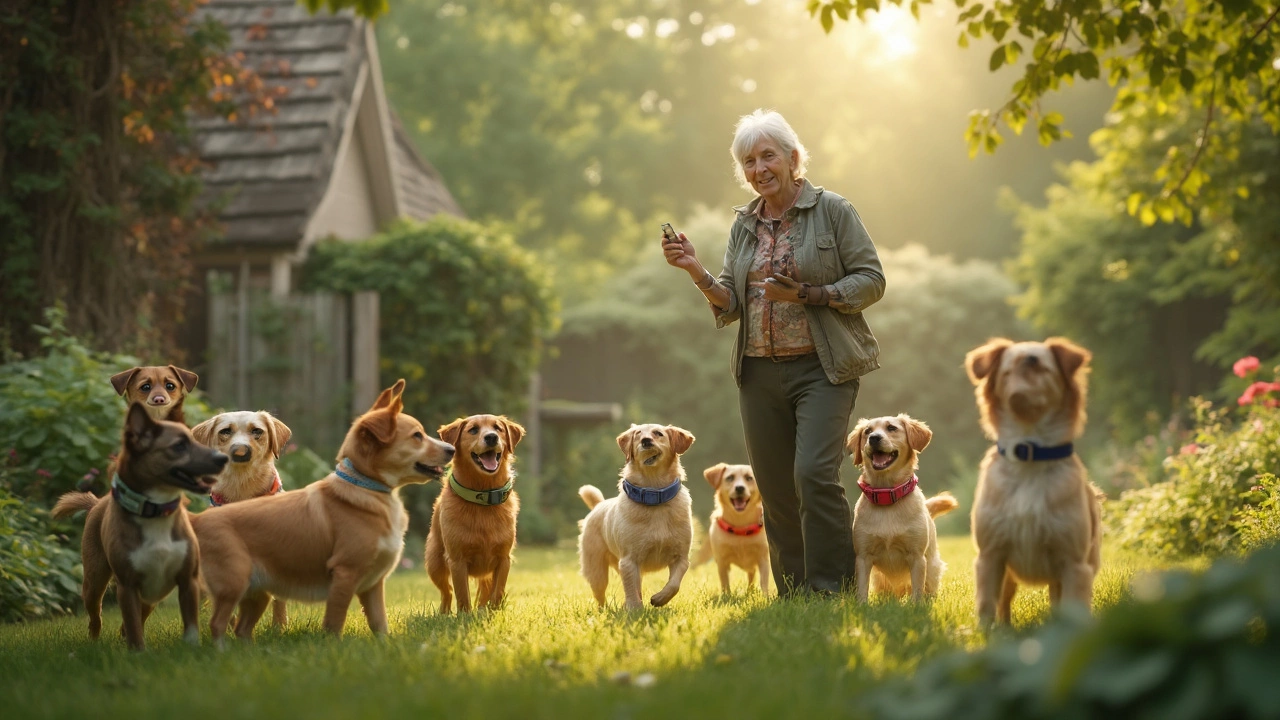
Are Vibrating Collars Good for Dogs? Exploring Your Options
Vibrating collars for dogs are a popular training tool, especially for hearing-impaired pets. They provide a gentle way to get a dog's attention without using shock therapy. While effective for some behavioral issues, it's important to understand the nuances and benefits of using these collars before deciding if it's the right choice for your furry friend. This article unpacks the pros and cons, tips for usage, and considerations to keep in mind.
View more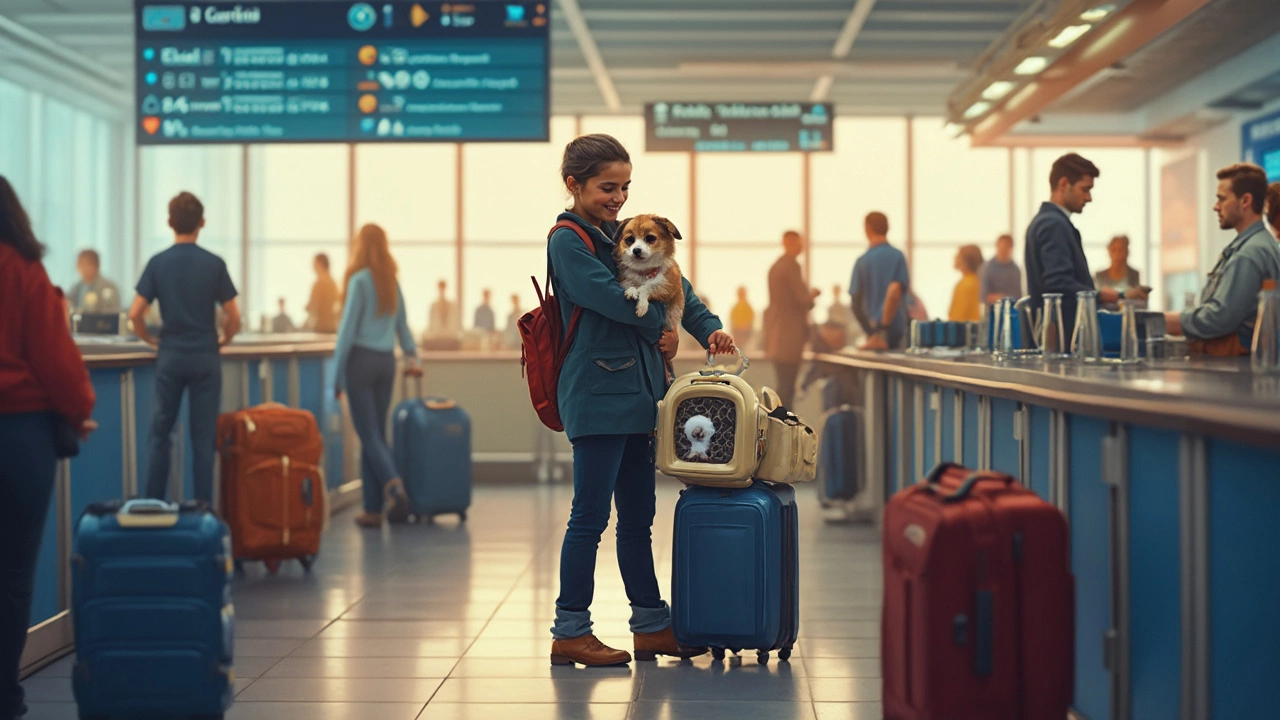
Are Pets Safer in Cabin or Cargo During Flights?
Traveling with pets can be stressful, and deciding whether pets should fly in the cabin or cargo is a big concern for pet parents. The comfort, safety, and regulations related to pet travel vary significantly based on the chosen mode. This article explores key considerations, offers practical tips, and provides insights on how to ensure your furry friend travels safely. Dive in to learn the differences between cabin and cargo travel for pets and make an informed decision for your next trip.
View more
Can You Safely Leave a Puppy Alone for 8 Hours? Tips and Toys for Happy Puppies
Leaving a puppy alone for an extended period can be challenging for both the owner and the pet. Young dogs have specific needs and require a lot of attention and care, especially in their formative months. By choosing the right toys and taking certain precautions, owners can ensure that their puppies are comfortable when alone. It's crucial to understand a puppy's needs, how to keep them entertained, and when it's safe to leave them alone for extended periods.
View more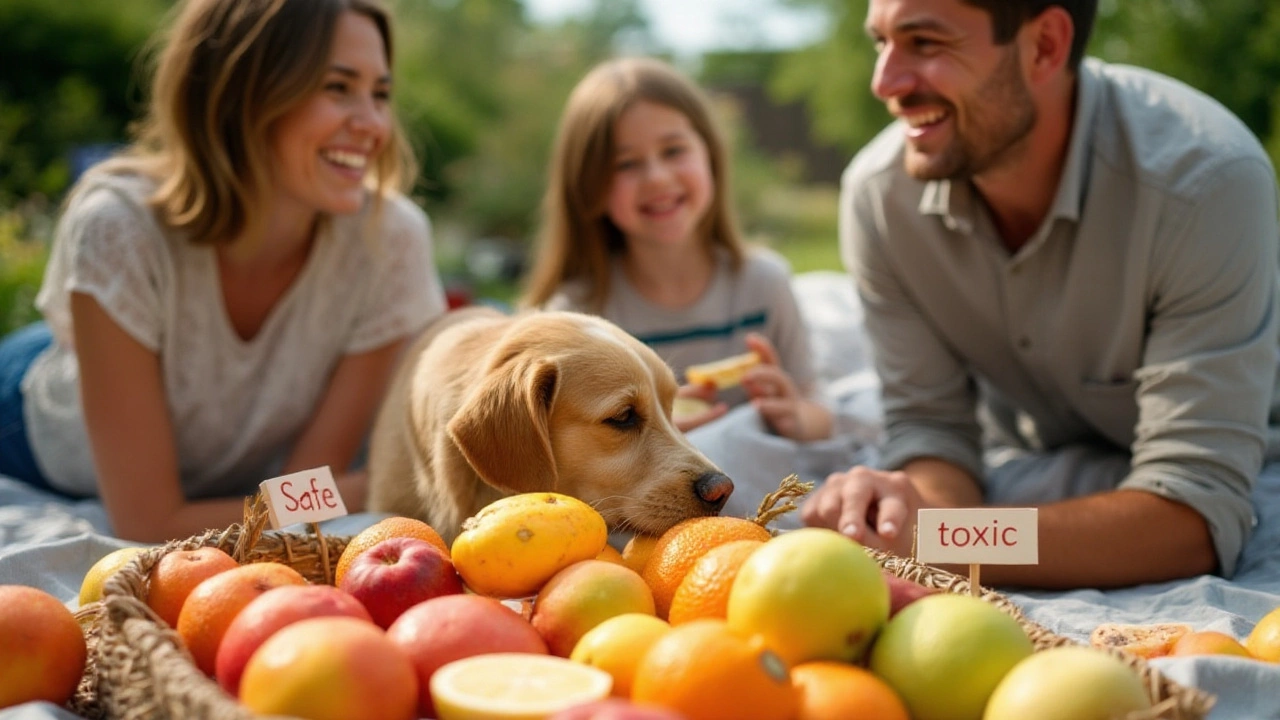
Fruits You Should Avoid Feeding Your Dog
Dogs can eat a variety of fruits, but some are dangerous for their health. This article highlights the fruits that are toxic to dogs and explains the reasons behind their harmful effects. It offers pet owners valuable knowledge on how to recognize these fruits and why they should be cautious. Understanding which fruits to avoid will help ensure your furry friend stays safe and healthy.
View more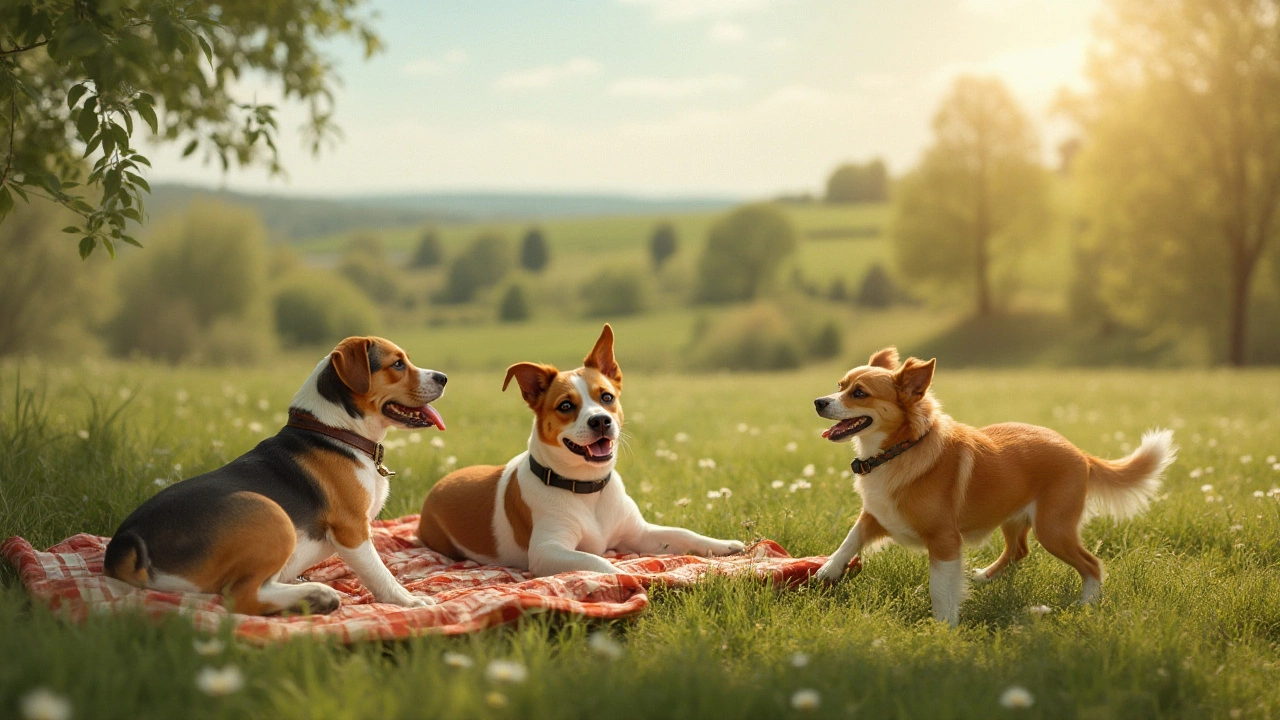
Should You Keep Your Dog's Collar On All Day?
Deciding whether to leave a dog collar on all day involves weighing the benefits and potential drawbacks. While collars can be essential for identification and safety, they may also pose risks like discomfort or injury. This article explores factors such as dog breed, behavior, and daily routines to help pet owners make informed decisions. It includes tips for safely using collars and alternatives when leaving collars off might be a better choice.
View more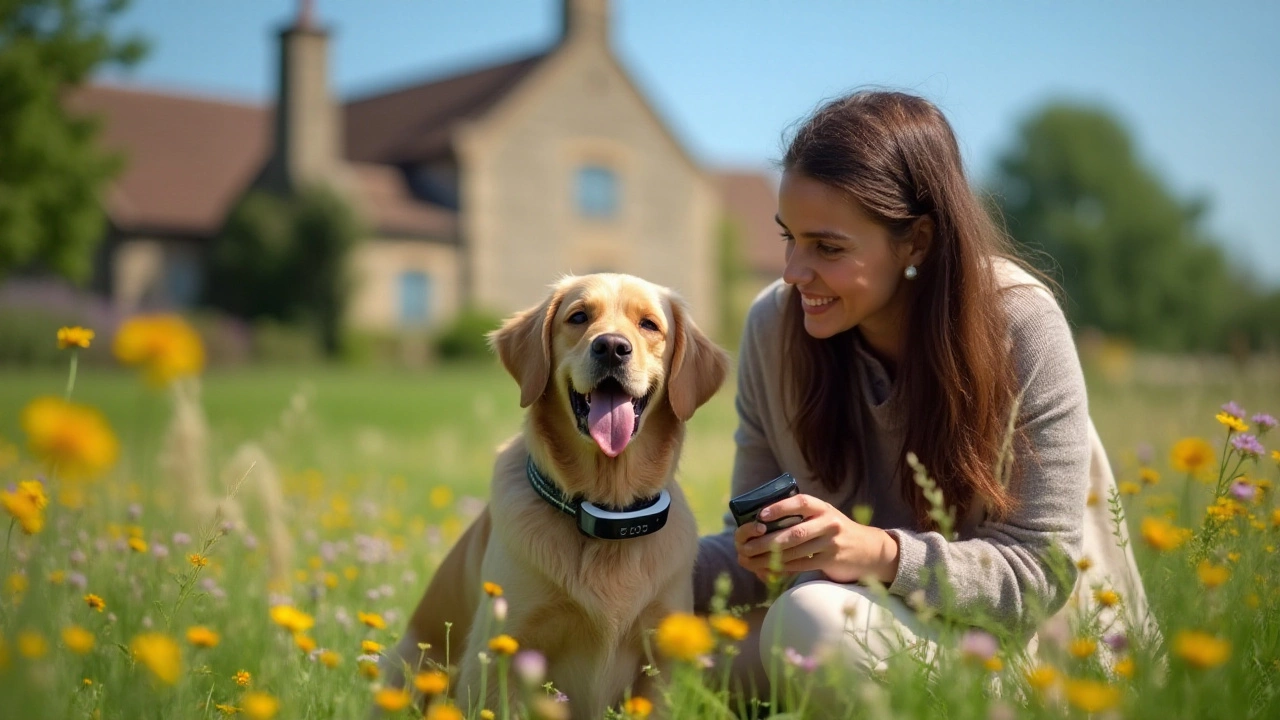
Comprehensive Guide to Shock Collars vs. E-Collars for Dogs
This article explores the differences between shock collars and e-collars, two popular types of dog training devices. It clarifies common misconceptions about their functions and suitability for training purposes. Readers will learn the potential benefits and risks associated with each, along with tips for effective and safe use. By the end, pet owners will gain insights into choosing the right collar for their training goals and their furry friend's well-being.
View more